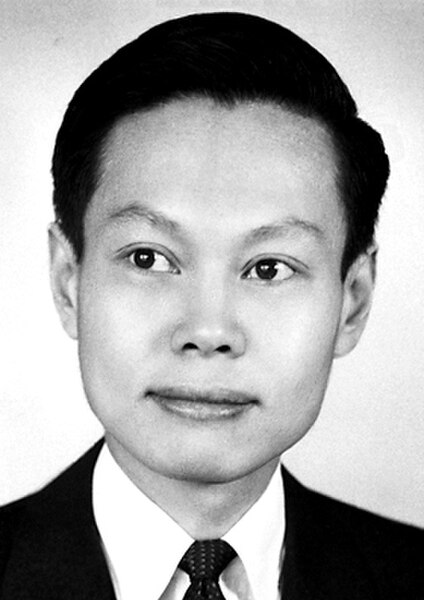The phrase Yang–Mills theory means both a quantum field theory for nuclear binding devised by Chen Ning Yang and Robert Mills in 1953 and the class of similar theories.
In mathematical physics, Yang–Mills theory is a gauge theory based on a special unitary group SU(n), or more generally any compact Lie group. A Yang–Mills theory seeks to describe the behavior of elementary particles using these non-abelian Lie groups and is at the core of the unification of the electromagnetic force and weak forces (i.e. U(1) × SU(2)) as well as quantum chromodynamics, the theory of the strong force (based on SU(3)). Thus it forms the basis of our understanding of the Standard Model of particle physics.
Image: Feyn Rules EN
Yang Chen-Ning or Chen-Ning Yang, also known as C. N. Yang or by the English name Frank Yang, is a Chinese theoretical physicist who made significant contributions to statistical mechanics, integrable systems, gauge theory, and both particle physics and condensed matter physics. He and Tsung-Dao Lee received the 1957 Nobel Prize in Physics for their work on parity non-conservation of weak interaction. The two proposed that the conservation of parity, a physical law observed to hold in all other physical processes, is violated in the so-called weak nuclear reactions, those nuclear processes that result in the emission of beta or alpha particles. Yang is also well known for his collaboration with Robert Mills in developing non-abelian gauge theory, widely known as the Yang–Mills theory.
Yang in 1957
C.N. Yang Hall at Stony Brook University
Yang (seated, left) with fellow Nobel Prize winners




